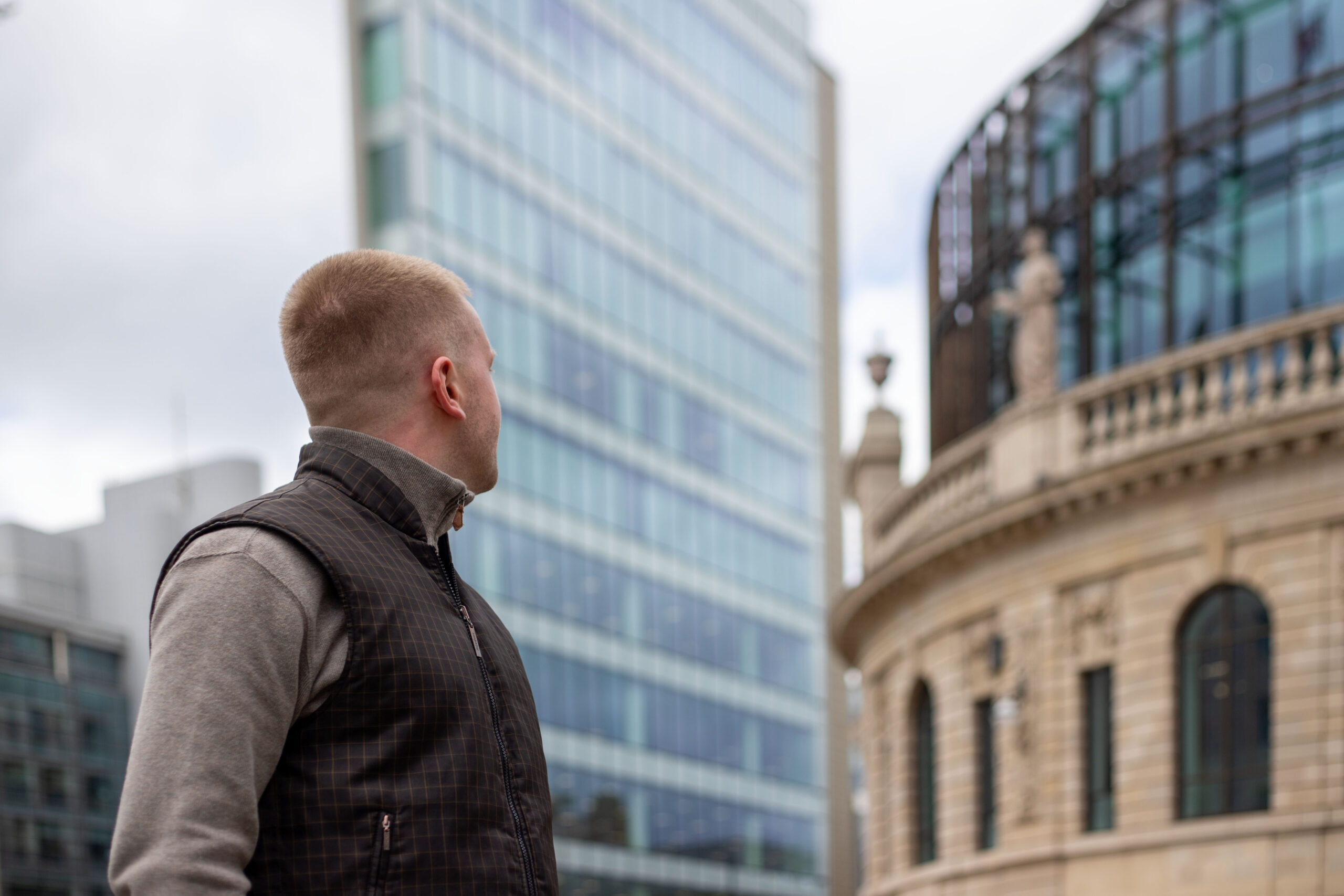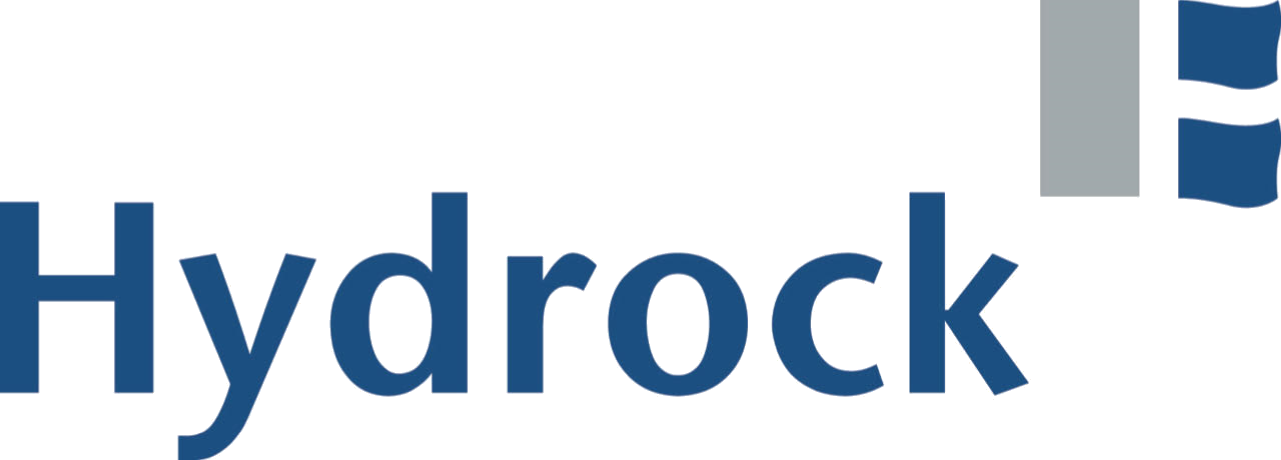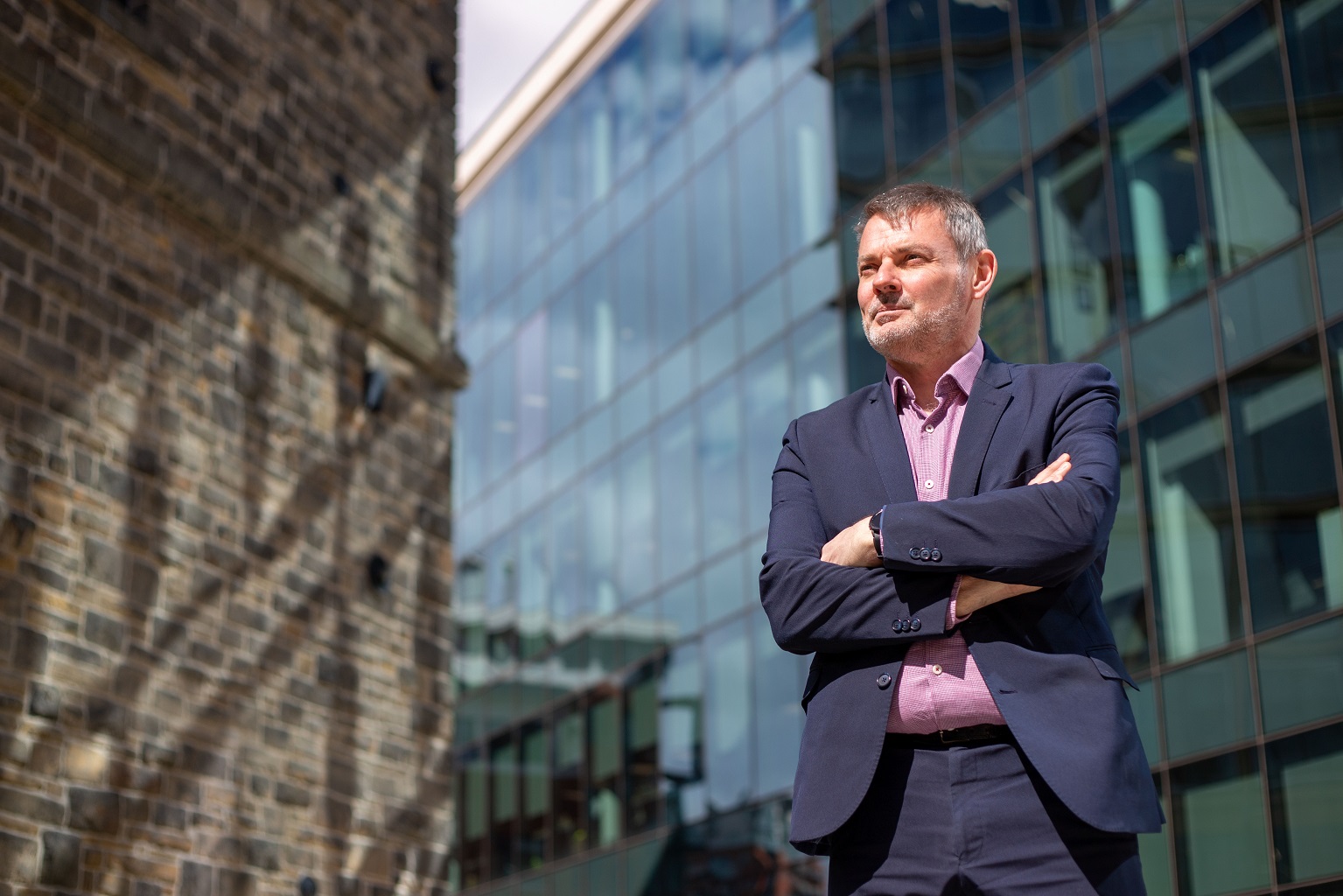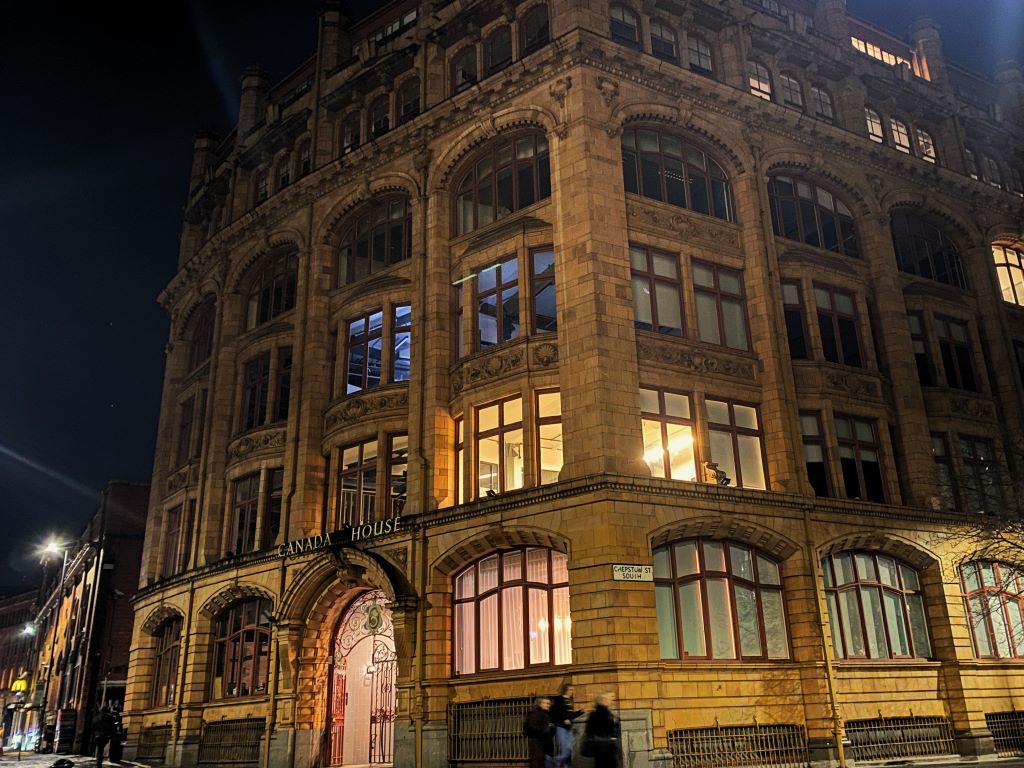Commentary
How BREEAM In-Use is driving environmental performance in existing buildings
For the UK to hit its 78% emissions reduction target by 2035 en route to reaching net zero by 2050 we must go the extra mile and reduce the emissions associated with our existing built environment, explains Jack Earnshaw-Powell of Hydrock.
It’s regularly cited that 80% of buildings that will be occupied in 2050 already exist today. I’ve come to see that as less of a statistic and more of a warning: no matter how many new net-zero-carbon buildings pop up around us, they’ll all be in vain if we fail to address our existing building stock. To successfully decarbonise the built environment, we must prioritise improving what we already have.
With many assets built before sustainable construction became mainstream, retrofitting is a major part of achieving net zero by 2050. The longer we kick the can down the road, the greater the challenge becomes.
Importance of benchmarking
So where to start? Making the transition can be confusing and it’s easy to waste time and money navigating the shift. Using proven roadmaps to identify where to focus efforts allows you to achieve the most notable improvements, in a cost-effective manner.
This is where sustainability benchmarking comes in: it allows the asset, and how it is managed in operation, to be comprehensively assessed and compared against other existing assets. As a sustainability consultant focused on benchmarking, I advocate BREEAM In-Use as the go-to tool to guide you on that journey.
Once an asset has been assessed against the BREEAM In-Use criteria, it becomes abundantly clear where the focus of the improvement is required. Improving existing buildings should be considered as a continuous process due to a whole host of technological advancements, economic considerations, and the adaption of our ever-changing needs.
Re-using existing buildings instead of knocking down and starting again, as we’ve seen successfully achieved with 12 King Street in Leeds, saves on the emissions associated with the manufacturing, transportation, installation and the removal of construction materials — better known as embodied carbon. Cement alone is responsible for 8% of global emissions with other key building elements such as bricks and steel also generating enormous amounts of carbon, significantly contributing to the embodied carbon of buildings.

Protecting investments through sustainable practices
The government’s Heat and Buildings Strategy (2021) needed to successfully set out a clear and credible long-term strategy to re-align the UK with the necessary emissions reductions. Whilst significant policy gaps and risks were already glaringly obvious from the strategy, the EPC U-turn in September 2023 was a further blow to providing any sort of certainty for the built environment.
How can we expect SMEs, companies, investors, developers, or homeowners to carry out any sort of long-term work if the policy and funding landscape is constantly changing? History proves that across-the-board improvements are only carried out when strict regulation and support are in place. It’s the same story for heat networks and the gas-boiler phaseout, with policies in flux, dates being pushed back, and ambiguity around funding.
Taking matters into your own hands, BREEAM In-Use emphasises saving energy, helping you make your building more efficient. Futureproofing in this way against the backdrop of policy uncertainty will open the door for sustainable rental premiums and help you avoid any penalties when stricter EPC legislation eventually comes into play.
By optimising your systems and reducing your reliance on fossil fuels, you’ll be shielding yourself from volatile energy prices and future policy changes. As the energy transition accelerates, you’ll become much more self-reliant.
BREEAM In-Use goes beyond just energy. It’s about creating a healthy, sustainable environment for everyone who uses your building by improving air quality, boosting employee wellbeing with better office design, and attracting tenants with biodiverse spaces and easy access to public transport.
And the best part is that it’s not just about doing the right thing, it also makes financial sense. With continual improvement and smart facilities management, you can experience significant reductions in operational costs from water and energy use. That will equate to shorter payback periods and healthier profits in the long run, not to mention the value added with the certification itself.
It would be naive to assume that climate change isn’t already impacting our daily lives and that we need to make changes. Preparing for these, whether it’s adapting to flooding, rising sea levels, or heat waves is intrinsic to the BREEAM In-Use process. By making your building more resilient, you’re protecting your investment.

Adding value to existing building portfolios
Increasingly important, BREEAM In-Use also adds value by enhancing the ESG reputation of existing buildings, whether that be for occupiers, SMEs or particularly for large real estate portfolios. The BRE has published an alignment document that enables the asset level information and data that has been gathered for the BREEAM In-Use assessment, to then be streamlined into the GRESB Real Estate Assessment.
The same goes for mapping BREEAM In-Use to EU Taxonomy and providing guidance on the relevant compliance. Moving forward, it will provide a solid base for sustainable finance opportunities for BREEAM-certified buildings, including green bonds.
Ensuring that the assessment methodologies are concurrent with the latest science and a data-driven approach, the BRE is expected to introduce the new version of BREEAM (V7) within the next year. Tracking built assets on their pathway to net zero carbon and fine-tuning the approach taken to operational energy/carbon will be at the forefront of this update.
Successfully improving our existing buildings in the UK will take a monumental effort and buy-in from all stakeholders. To reach our shared goal, we’ll need to continually adapt to the latest science, educate ourselves, and apply pressure on the government to remove barriers preventing consistent progress.
- Jack Earnshaw-Powell is a senior consultant and BREEAM In-Use specialist in Hydrock’s smart energy and sustainability team






